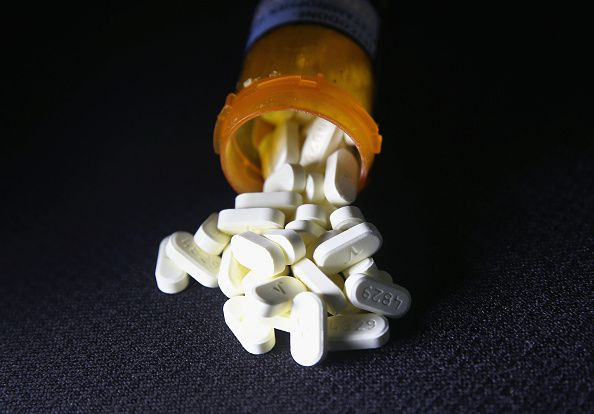Drugs Reportedly Causing A Major Water Supply Problem

Opioids that kill an average of 115 Americans everyday have now found their way into waterways thanks to pharmaceutical companies' misdeeds and addicts flushing their drugs down the toilet.
In May 2018, came the alarming news that Oxycodone, an opioid sold under brand name OxyContin and tagged as the drug most responsible for the opioid epidemic in the United States, was found in bay mussels in Washington State's Puget Sound.
Pharmaceuticals, including antidepressants and chemotherapy and diabetes drugs, have long been detected in marine life. The study that discovered the presence of oxycodone represents the first time opioids were detected in the Puget Sound area.
The mussels tested positive for trace amounts of oxycodone, confirming this opioid is so ubiquitous it can now be found in marine life that can't tolerate it. And oxycodone wasn't the only drug found in mussels by researchers at the Puget Sound Institute.
"Oxycodone is in the news right now but there are a number of other pharmaceutical products that we found," said biologist Jennifer Lanksbury, who led the Washington Department of Fish and Wildlife study that discovered this contamination. "Antibiotics, the anti-depressants, chemotherapy drugs, heart medications that we're finding in mussels."
Scientists confirmed that this hodge podge of medications are passed into the Puget Sound through discharge from wastewater treatment plants that are supposed to clean contaminated water before discharging it into the ocean. Most of what's being called the discarded drug pollution can be traced to the pharmaceutical companies that produce these drugs. Another major source are drug addicts flushing their drugs down toilets to escape prosecution by the police.
The fact opioids still found their way into the ocean despite the existence of multimillion-dollar wastewater treatment plants in the United States confirms the difficulty of eliminating most of the toxic substances in wastewater. This problem is even worse in developing countries such as India.
The discarded drug pollution problem is a global catastrophe. In India, the number of contaminated waterways has more than doubled. Data shows a huge part of the discarded drug pollution problem can be traced back to the country’s massive drug industry, which was valued at $33 billion in 2017.
India, by the way, is the largest supplier of generic drugs in the world. The Indian pharmaceutical industry supplies over 50 percent of global demand for various vaccines, 40 percent of generic demand in the United States and 25 percent of all medicine in the United Kingdom. The flip side of this growth is a rise in discarded drug pollution.
The city of Hyderabad is a center of pharmaceutical production. Water sampling near drug factories in Hyderabad reveal significant amounts of toxic industrial solvents and heavy metals being released into the city’s waterways.
Local media reported some drug company personnel bypassed treatment plants and were seen in unmarked vehicles dumping illegal toxic waste into waterways at night. The massive toxic waste pollution created by the bulk drug industry also creates another problem -- antibiotic resistance.

Published by Medicaldaily.com



























